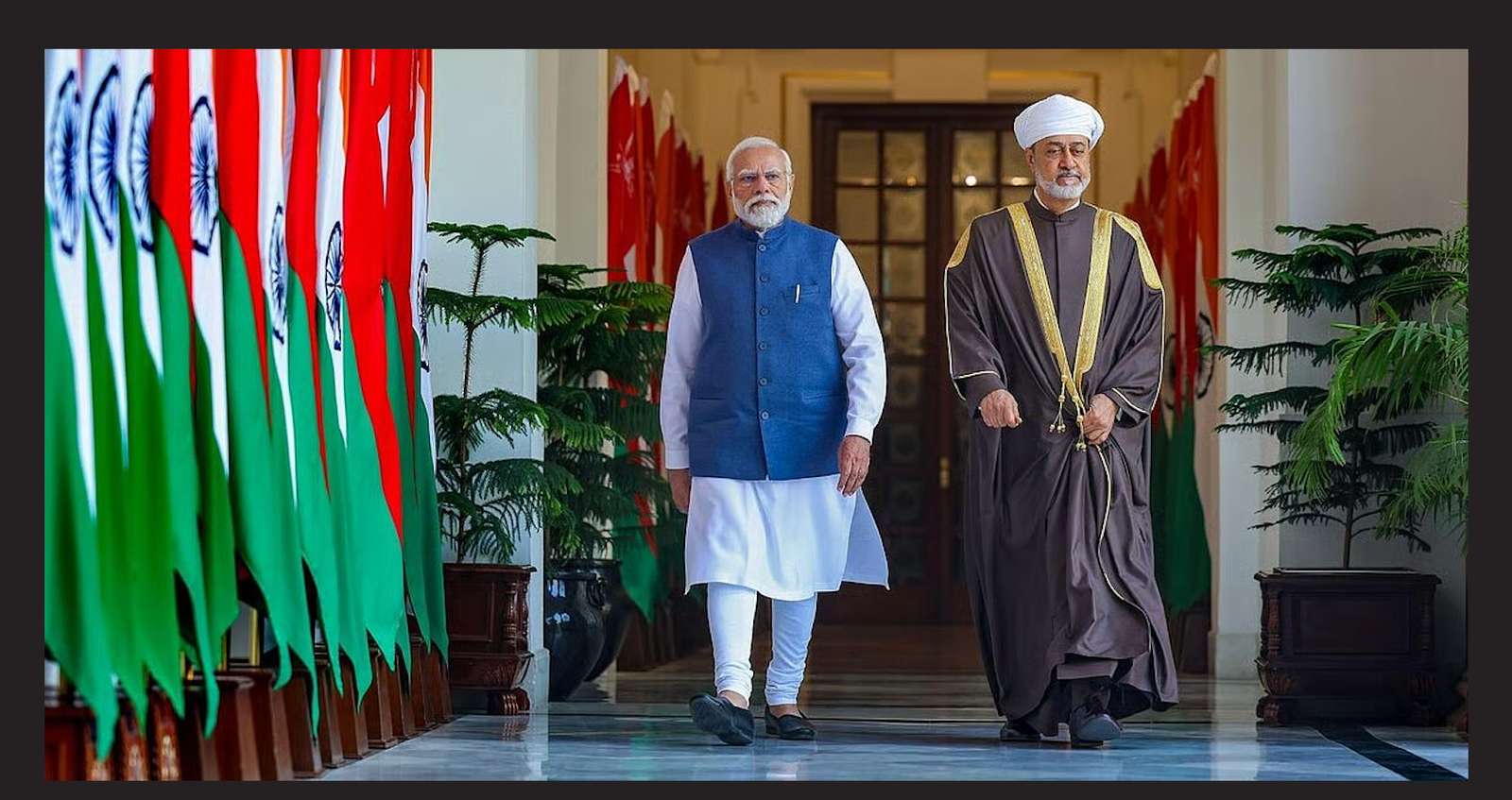Sen has lived in West Ridge since the late 1960s, and has watched it become a South Asian mecca complete with sweet shops, butchers, grocers, and restaurants over the decades
Chicago’s Colleen Taylor Sen is Co-Editor of a new encyclopedia of Indian cuisine. She has been exploring her neighborhood, Devon Avenue. She stops into the restaurant Naan on Devon to pick up a pudding-like dessert called kheer, disappointed that they didn’t have any flavored with almond, reported interactive.wttw.com. Across the street, she sampled bihari kebab and mutton quorma at the cavernous Usmania. She then stopped at the grocery store Patel Brothers to see if she could spot the owners and to pick up some spiced flatbreads called thepla to eat with yogurt for breakfast the next day. Throughout the errands and the meal she provided running commentary—still lightly rounded by her native Toronto accent—on the origins of many of the immigrants in the surrounding West Ridge neighbourhood, the businesses that had occupied various storefronts over the years, and the elaborate fabrics and saris sparkling in the windows of the ubiquitous clothiers.
Sen has lived in West Ridge since the late 1960s, and has watched it become a South Asian mecca complete with sweet shops, butchers, grocers, and restaurants over the decades. Although the location of her home near such a place is a coincidence, it’s a happy one: Sen has written six books about South Asian food, although she only began doing so later in life.
As a co-editor of the new The Bloomsbury Handbook of Indian Cuisine, she will attempt to detail the ingredients, regional cuisines, and dishes of a mind-bogglingly diverse subcontinent. India is the second-most populous country in the world, with roughly a sixth of the world’s population and seven of the world’s most populous cities. It is the birthplace of four major world religions and has eighteen official languages, as well as more than 1,600 minor languages and dialects. Eggplant, mangoes, lentils, various gourds, cucumber, turmeric, ginger, black pepper, and other produce are native to India’s numerous geographical areas.
How does she cover all of this in an encyclopedia? You simply try your best to include as much as possible. “I’m sure people will say we left things out,” Sen says. “Twenty-five years ago, people weren’t writing about food [in India] from a serious standpoint, with a few exceptions,” she says. The best-known surveys of Indian food and its history were written in the 1990s by a chemist, K.T. Achaya, after his retirement; it’s a happy accident of alphabetization that he is the first entry in The Bloomsbury Handbook of Indian Cuisine.
But now Indian cuisine is garnering more interest and serious attention in the subcontinent itself, according to Sen, as people take note of regional cuisines and food moves from being served by street vendors into restaurants both high-end and every day.
“Now you have all these people who really write wonderful books; someone wrote a big book on Calcutta food, someone’s writing a book on the food of Rampur, they write about Kashmir,” Sen says. And she drew on those writers for The Bloomsbury Handbook, which includes 26 contributors in addition to its three editors.
Sen’s own books include Curry: A Global History and Feasts and Fasts: A History of Food in India, as well as a translation from Russian of a Marxist critique of Stalinism—she has a PhD in Slavic Languages.
-
Sen is considering writing a book about the history of Indian food in the United States, which would necessarily also track the history of Indian immigration to and throughout this country
-
While she is fascinated by food, she also wants to touch on the history of other topics—that’s why she wrote a book about the influential emperor Ashoka, who was a prominent advocate of vegetarianism through his patronage of Buddhism
-
Her endless curiosity seems sure to lead her to keep learning more, and to keep distilling that knowledge into books
She came to writing books about Indian cuisine by happenstance, after meeting two separate editors of food book series at a conference in England. She had always written freelance articles on the side of a full-time job, because she enjoys learning about various topics; her PhD taught her how to research, and reading a lot taught her to write.
She had met and married her husband in Toronto before moving together to Chicago, settling in West Ridge because he had a job at Northwestern University. His mother was a “very prominent writer” for a Bengali magazine who sometimes wrote about food. That connection helped inspire Sen to explore Indian cuisine in both India and America in occasional articles, “maybe three or four a year,” she says.
She had an ideal neighborhood close at hand to chronicle, as South Asians began settling in West Ridge and opening businesses on Devon. The street’s first Indian restaurant opened in 1983, according to Sen’s own entry on South Asians in The Chicago Food Encyclopedia, which she co-edited. A handful of other Indian restaurants and stores had existed throughout the North Side in the previous two decades, but Devon became the center of the diaspora as it grew. Mafat and Tulsi Patel opened a grocery store on Devon in 1974, then built a larger one down the street as the business boomed. Patel Brothers is now the largest Indian grocery store chain in the United States.
Sen has watched all this flourish around her and is an enthusiastic neighbor, alert to the pleasures of the commercial strip and any changes to it. She and her husband try to keep up with all of the restaurants, and have different go-tos for varied desires. She likes to try the same dish at different regional restaurants—the dry grilled bihari kebab, in the case of an Indian-Pakistani restaurant like Usmania—to note and compare iterations. One of her books, Pakoras, Paneer, Pappadums, is meant to help a Western diner navigate the menu of a South Asian restaurant.
Sen is considering writing a book about the history of Indian food in the United States, which would necessarily also track the history of Indian immigration to and throughout this country. While she is fascinated by food, she also wants to touch on the history of other topics—that’s why she wrote a book about the influential emperor Ashoka, who was a prominent advocate of vegetarianism through his patronage of Buddhism. Her endless curiosity seems sure to lead her to keep learning more, and to keep distilling that knowledge into books.
*************************************************************
Readers
These are extraordinary times. All of us have to rely on high-impact, trustworthy journalism. And this is especially true of the Indian Diaspora. Members of the Indian community overseas cannot be fed with inaccurate news.
Pravasi Samwad is a venture that has no shareholders. It is the result of an impassioned initiative of a handful of Indian journalists spread around the world. We have taken the small step forward with the pledge to provide news with accuracy, free from political and commercial influence. Our aim is to keep you, our readers, informed about developments at ‘home’ and across the world that affect you.
Please help us to keep our journalism independent and free.
In these difficult times, to run a news website requires finances. While every contribution, big or small, will makes a difference, we request our readers to put us in touch with advertisers worldwide. It will be a great help.
For more information: pravasisamwad00@gmail.com






